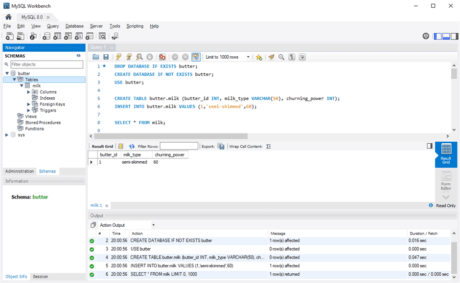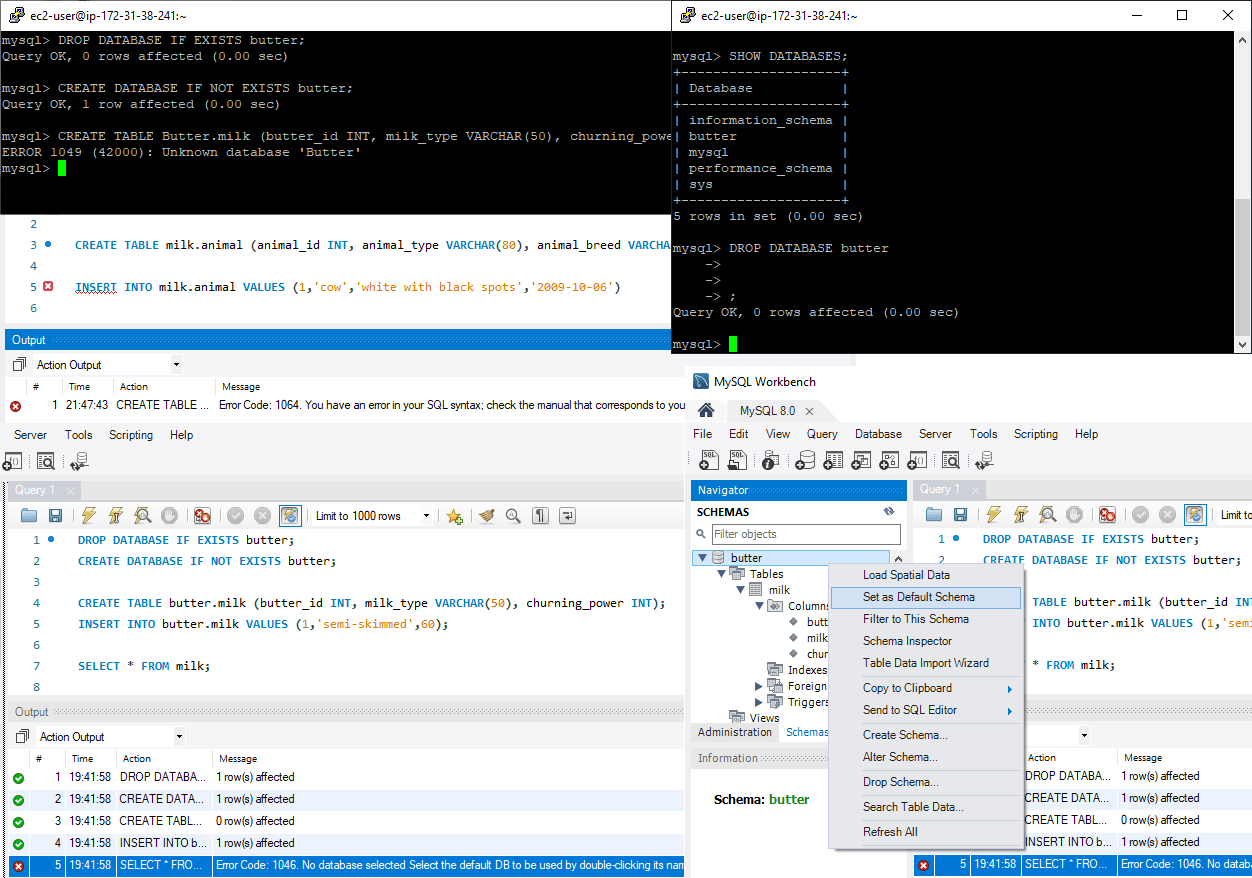


The id column is an integer that is set as the primary key and has the AUTO_INCREMENT attribute, which means that it will automatically increment whenever a new row is inserted into the table. This CREATE TABLE statement creates a table named users with three columns: id, name, and email. To create a new table in the database, you can use the CREATE TABLE statement. Once you have created a database, you can create tables and insert data into them using SQL statements. Here is an example of a CREATE DATABASE statement that specifies both the default character set and collation:Įxample: CREATE DATABASE mydatabase DEFAULT CHARACTER SET utf8mb4 DEFAULT COLLATE utf8mb4_unicode_ci For example, you can specify the default character set and collation for the database using the DEFAULT CHARACTER SET and DEFAULT COLLATE options, respectively. You can also specify additional options when creating a database. To create a new database using the CREATE DATABASE statement, you simply need to specify the name of the database you want to create.įor example, to create a database named mydatabase, you would use the following CREATE DATABASE statement: Here is the basic syntax of the CREATE DATABASE statement: The MySQL CREATE DATABASE statement is used to create a new database in the MySQL server. With clear explanations and plenty of examples, you'll be creating and organizing your MySQL databases with confidence.
MYSQL CREATE TABLE IN DATABASE HOW TO
In this tutorial, you'll learn the syntax and options available for each statement and how to use them to create a new database and tables. Learn how to use MySQL CREATE DATABASE and CREATE TABLE statements to create and structure a database. MySQL Tutorial MySQL Introduction MySQL Setup MySQL PHP Syntax MySQL Connect with PHP MySQL What is DDL, DML and DCL? MySQL Create Database and Tables MySQL INSERT INTO MySQL SELECT Statement MySQL WHERE MySQL ORDER BY MySQL UPDATE MySQL DELETE MySQL DATA Security


 0 kommentar(er)
0 kommentar(er)
